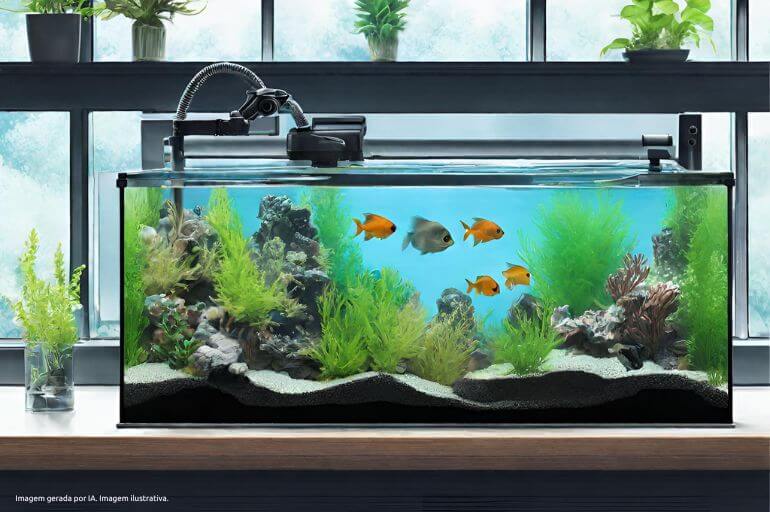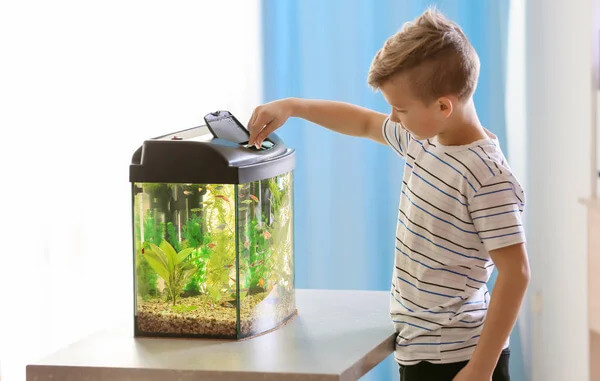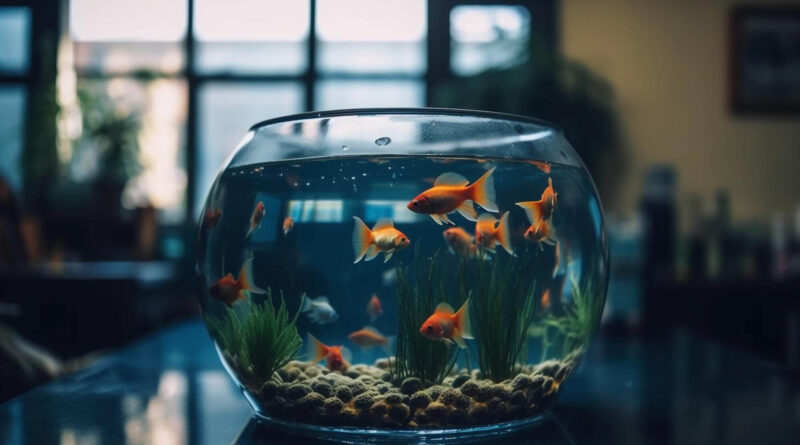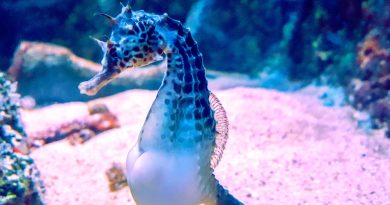10 Essential Aquarium Care Tips
Setting up and maintaining a healthy aquarium can seem daunting for beginners, but with the right guidance, it can be an enjoyable and rewarding experience. Aquariums bring a slice of nature into your home, offering a soothing and visually captivating environment. This guide will walk you through the essential steps to ensure your aquarium thrives and your fish live a healthy, happy life.
In this guide, we’ll cover everything from setting up your tank to managing water quality and addressing common issues. Whether you’re setting up your first tank or looking to refine your aquarium care skills, this guide shall provide you the confidence to succeed in your aquatic adventure.
Continue reading to discover practical tips and expert advice that will help you create and maintain a beautiful and healthy aquarium. Dive in and explore the joys of aquarism — your underwater world awaits!
Ten Care Tips for Beginners
1. Setting Up Your Aquarium
Starting with the basics, choosing the right aquarium size and equipment is crucial. For beginners, a tank that is 20–30 gallons is ideal, as it offers more stability in water conditions compared to smaller tanks. You’ll need essential equipment such as a filter, heater, lighting, and substrate. Set up your tank on a sturdy stand, rinse all equipment thoroughly before use, and ensure proper placement to avoid direct sunlight, which can cause algae growth.
2. Water Quality Management
Maintaining optimal water quality is fundamental to the health of your fish. Test your water regularly for pH, ammonia, nitrite, and nitrate levels. Ideal pH levels vary by species, but generally, a pH of 6.8–7.8 is suitable for most freshwater fish. Ammonia and nitrite levels should be kept at zero, while nitrates should be below 20 ppm. Regular water changes — about 10-20% weekly — help maintain these parameters.
3. Filtration Systems
A good filtration system is essential for keeping your aquarium clean and healthy. There are three main types of filters: hang-on-back (HOB), canister, and sponge filters. HOB filters are easy to maintain and suitable for beginners, while canister filters offer more filtration power and are ideal for larger tanks. Clean the filter media regularly and ensure that the filter is properly sized for your tank.

4. Lighting and Temperature
Proper lighting and temperature are vital for the well-being of your fish and aquatic plants. Most freshwater fish thrive under a 10-12 hour light cycle daily. Use a quality aquarium light to support plant growth and enhance the beauty of your tank. Keep your aquarium water temperature stable, typically between 72–78°F (22–26°C) for tropical fish. Use a reliable heater and thermometer to monitor and maintain the temperature.
5. Feeding Your Fish
Feeding your fish the right amount and type of food is crucial for their health. Overfeeding can lead to poor water quality, so offer only what your fish can consume in 2–3 minutes. Feed a varied diet, including flakes, pellets, and occasional live or frozen foods. Research the dietary needs of your specific fish species to provide balanced nutrition.

6. Cleaning and Maintenance
Regular cleaning helps prevent algae growth and maintains a healthy environment. Clean the tank glass, remove uneaten food, and vacuum the substrate during water changes. Replace filter media as needed, but avoid over-cleaning, which can disrupt beneficial bacteria. Monitor water parameters and perform maintenance tasks as part of your routine.
7. Common Problems and Solutions
Beginners may encounter issues such as fish diseases, algae blooms, or filter problems. Addressing these problems involves proper diagnosis and treatment. For diseases, ensure proper quarantine and medication. To combat algae, adjust lighting and reduce nutrient levels. If the filter is malfunctioning, check for clogs and ensure it’s functioning correctly.
8. Choosing the Right Fish
Selecting compatible fish species is crucial for a harmonious aquarium. Research fish species’ needs and temperaments before adding them to your tank. Avoid overstocking and choose species that thrive in similar water conditions. Introduce new fish gradually to reduce stress and monitor interactions to prevent aggression.
9. Aquascaping and Decoration
Creating a visually appealing and functional aquarium involves selecting appropriate decorations and arranging them thoughtfully. Use substrates, rocks, and plants to create hiding spots and visual interest. Ensure decorations are fish-safe and don’t obstruct water flow or filtration. Aquascaping enhances both the aesthetic appeal and the health of your aquatic environment.
10. Final Tips
As you embark on your aquarist journey, remember that patience and continuous learning are key. Join aquarium hobbyist communities, read reputable resources, and seek advice from experienced aquarists. Your efforts will reward you with a thriving, beautiful aquarium and the joy of caring for your aquatic friends.
Conclusion
Maintaining a healthy aquarium may seem like a challenge, but with the right approach, it becomes an enjoyable hobby. By following the guidelines in this guide, you’ll be well on your way to creating a thriving aquatic environment. Embrace the learning process, and soon you’ll be proud of the vibrant and healthy aquarium you’ve built.
FAQs
1. How often should I change the water in my aquarium?
Regular water changes of 10-20% weekly help maintain water quality and fish health.
2. What is the best type of filter for a beginner’s aquarium?
Hang-on-back (HOB) filters are user-friendly and suitable for beginners.
3. How can I prevent algae growth in my aquarium?
Reduce lighting duration, control nutrient levels, and perform regular tank maintenance.
4. What should I do if my fish show signs of illness?
Quarantine affected fish, research symptoms, and apply appropriate treatments.
5. How many fish can I safely add to my aquarium?
The number of fish depends on tank size and species compatibility; avoid overstocking and ensure adequate space and filtration.




